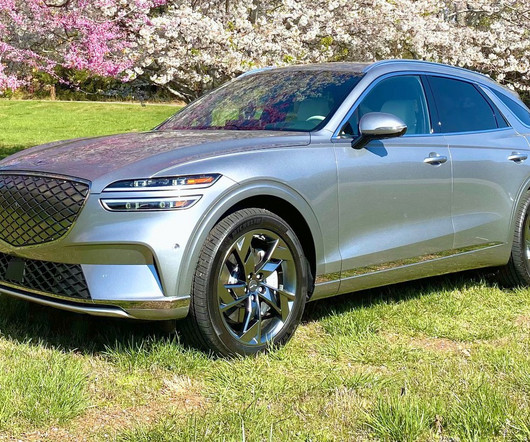DOE awards Group14 Technologies $3.96M as Energy Storage Grand Challenge winner; nano-silicon within an engineered carbon scaffold
Green Car Congress
SEPTEMBER 2, 2020
Group14’s technology applies complex polymer chemistries to create high-performance silicon-carbon nanocomposites. Group14 has begun to ramp up the development of new technologies and is scaling its team to meet the increasing demand for its product.

































Let's personalize your content